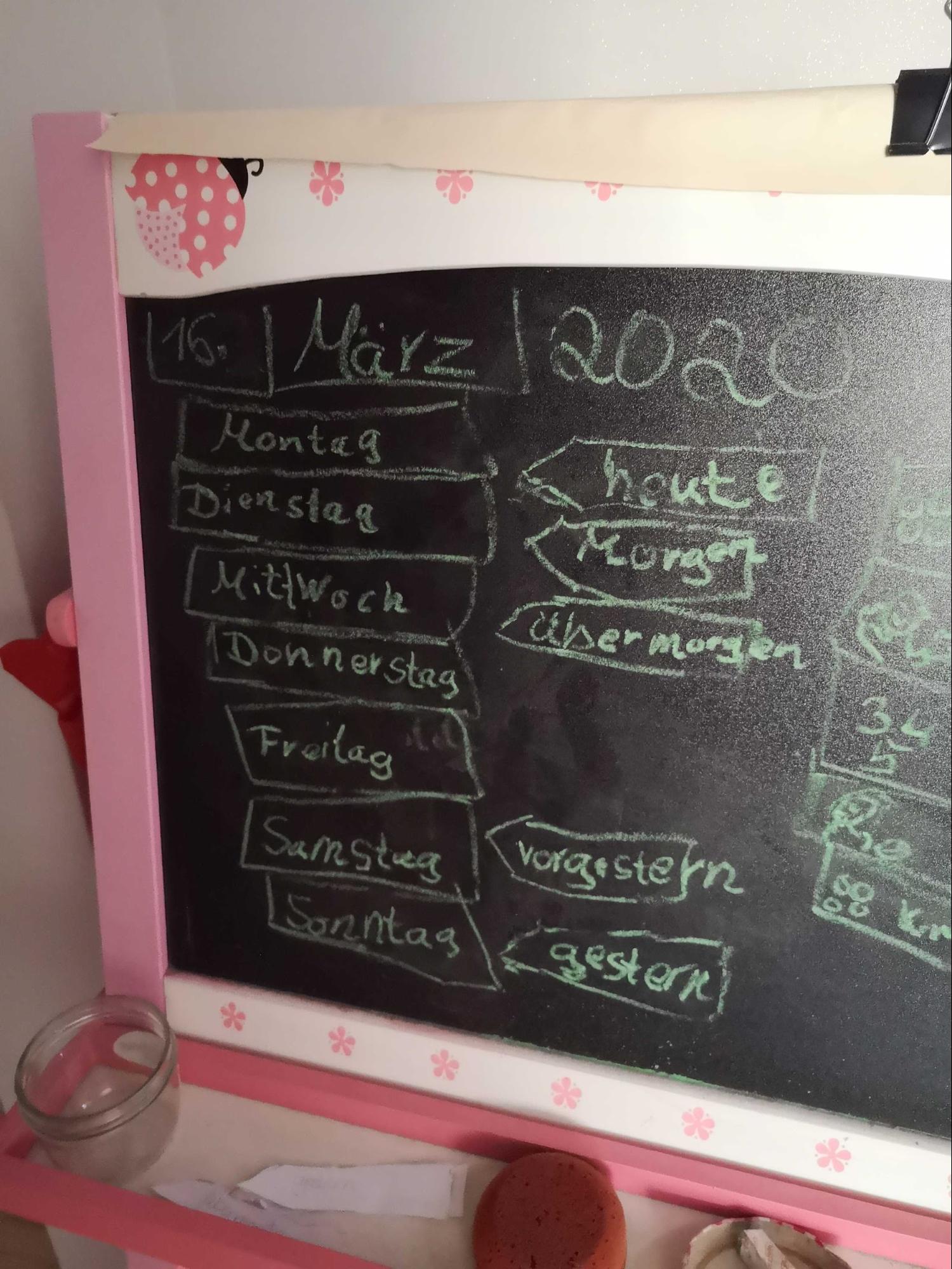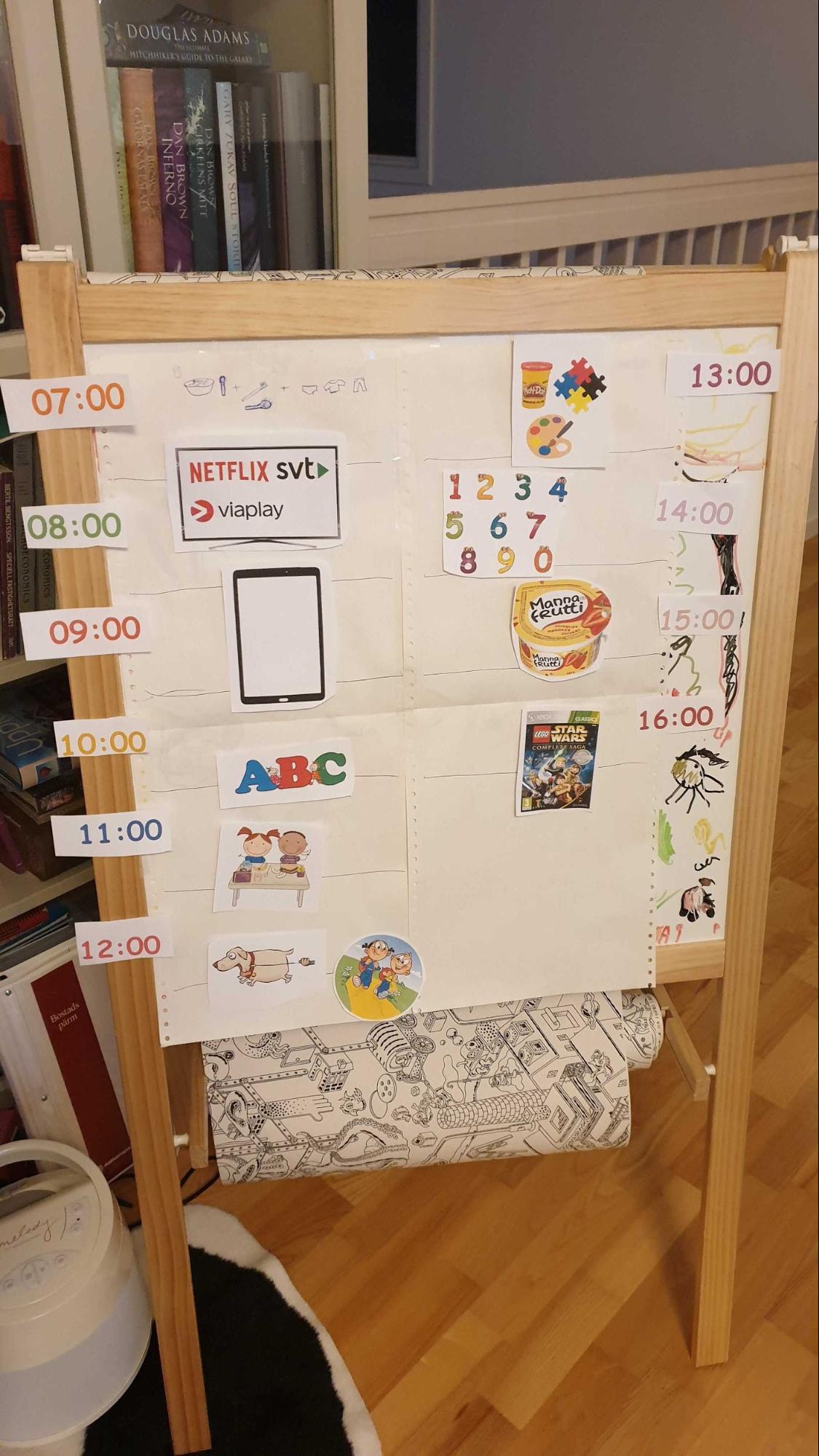
How to work from home with kids: More tips from the remote-first Grafana Labs team
Last week we posted tips from our remote-first Grafana Labs team on how to work from home effectively. Why would we write another?
Kids.
All arouncher place that keeps kids occupied are closing, and that means many people are not only adapting to a home office, but they’re also taking on homeschooling and home care as well. All while also worrying about elderly, weak-of-heart, immunocompromised, or otherwise at-risk loved ones.
It will probably take time for you to figure out what works for you and yours, but in the meantime, we’d like to share our tips and tricks. Hopefully they can inspire you and help you adapt to this new situation. It seems we’re in this for the long run.
Accept the unchangeable
It’s important to acknowledge facts – hoping to magic them away is almost never going to work. So, let’s get this out of the way first: You’ll be less efficient and less effective if you need to take care of your kids while trying to get work done. If you and your workplace pretend otherwise, then you’re setting each other up for disappointment.
You need to communicate this openly with your peers, your manager, and your customers. If in doubt, opt for being more open and more forward about your situation. People appreciate honesty, might be in the same situation, and they’ll know what to expect.
That said, try to improve the overall situation at home as much as possible – not separately from your kids and family, but together with them.
Assess and verbalize everyone’s needs
Any social situation can largely be described through the needs and strategies of the humans involved.
In very broad strokes, your employment (or self-employment) can be described as your need to feed and shelter your family; your resulting strategy is to work for money. Your employer or customer needs work done, and their strategy is to pay others for it.
You’re all in a new situation. New situations usually require an explicit or implicit renegotiation. Children and adults alike often use non-verbal strategies in those situations instead of expressing their needs in an easy-to-understand manner.
For your situation at home, your need is to get your work done as soon as possible. Your strategy, and thus your derived need, is most likely to do this in peace and quiet. Hopefully, your strategy stays clear of shouting, but your kids need attention, and their strategy might be to annoy you until they get it. It’s easy to see how that could end in conflict.
To end that negative trajectory, you need to talk about everyone’s needs and find common strategies – or at least find ways to compromise.
So you’ll need to verbalize your needs and help them verbalize theirs. Once you start expressing everything in terms of need and strategy, you not only give them an example to model upon, but you also give them tools to properly express and shape their thoughts and feelings. Find common ground and communicate before things escalate.
Structure, structure, structure
One way to navigate this new situation can be to negotiate a shared timeline. Your kids are used to a school or daycare schedule, and you should use that as the baseline. It’s what they know, and it’s also what they will return to at some point.
But it’s also a trick: It already has sections of work for them. Even if you can’t fit in all of the “teaching” time you may want to plan, this approach will make it easier for you to schedule quiet periods by default and then negotiate on the basis of that. Chances are, they won’t figure that one out until it’s too late. ;)
And you have the perfect blueprint, so why not use that? It’s called a schedule. :)
Your child can make one themselves:
You can include your own work times for them to know and respect:

You can make it daily:

You can make it visual:

And you can make it so professional that, frankly, any teacher would be impressed:

Several of us Grafanistas started having briefings with our families every morning. We ask, discuss, and answer the following questions:
- What will everyone in the family be doing over the day?
- When and why?
- Is this OK for everyone, or can you agree on changes?
It’s important to stress that those negotiations only happen in the morning. Once all of you commit, no one can just change the agreements without good cause. That goes for the parents as well. Especially for the parents – your kids will be modeling your behavior.
You can also do a debrief at the end of the day. What went well? What should we do differently? This can also help take the urgency out of smaller situations. Your kids know you will address their needs, just not right now. That gives them the emotional security to shelve it for later.
Maybe you can even introduce a rating system to see how the day went?

Create consequences
Especially during times of increased stress, it’s important to normalize early and quickly. Small, deterministic, and inevitable consequences early on will help to reduce the amount of boundary-testing. Keeping consequences predictable will make them seem fairer and will help avoid spirals of escalation.
Empower your kids
Teaching paradigms vary wildly across cultures, regions, even families. If you can, try to loosen up in some regards. Most three- or four-year-olds will be fine on their own for some time as long as they’re in a safe space. Don’t send them out into the woods alone, but maybe this is a good time for some of them to learn to be more independent? Even if the kitchen is a bit of a mess after they made their own sandwich, if that allowed you to maintain your flow and finish that important thing on time, maybe that’s a trade-off worth making?
Content is king
If your kids are old enough to work by themselves, you can, hopefully, let them handle their school assignments on their own for a while. And afterwards, they might be happy doing video calls with their friends, playing games, reading, or whatever.
If they are younger, you will need to help them. Maybe you can negotiate a system where they knock on your door for work explanations/review and are allowed to play if they need to wait?
If they are younger still, they will need your attention. I have already been on calls where the toddler of a co-worker was on their lap and, guess what? The world didn’t end. We talked, and sometimes the toddler got a wave.
But these are kids, so you can’t force them to follow the structure, you can’t force the content, and you can’t force the timeline. At least not 100 percent.
Don’t force it through, deviate
You will most likely need to adapt to things happening. The tub overflowing is more important than that TPS report. But your peers, manager, and customers have a reasonable expectation of you delivering on your promises. So deviate where needed, but be open and transparent about it.
- Can someone else take over that urgent request?
- Does that presentation need to be written during the day?
- Can it be playtime now and work time when the sticky ones are safely in bed?
Be adaptable
There are many ways to adapt. Some suggestions:
- Maybe this is the time to finally get noise-cancelling headphones. They won’t block everything out, so you can still hear yelling.
- If there’s another adult or adolescent at home with you, take childcare shifts.
- If you shift towards working only mornings, only evenings, or maybe even doing work on weekends, make sure you keep track of how many hours you’re working and also allow yourself to have personal time without work or kids.
- If that family singing contest is really important, maybe join in but negotiate something you need in return?
Find out what works for you, allow for failure, and learn from it.
Adopt new tools and tricks
This is random assortment of what has worked for some of us at Grafana Labs:
- Put a speaker or audio player in your children’s room(s) so they can listen to music, audio books, or audio plays.
- Get a large box of crafting supplies. You will need them anyway, and it can buy you some quiet.
- Allow more TV or gaming, but be careful not to establish a habit by accident. Make it special or depend on a condition you control.
- Listen to The Three Investigators audio plays. There are over 200 episodes (about 45 minutes each) and they’ve been translated into many different languages
- peppypals.com is a learning resource available in English and Swedish.
- zdf.de/wissen/schulersatzprogramm-100.html is a German-language service by our public service broadcaster aiming to replace school to some extent.
- learnattack.de/ is a German resource which gives you two months free content because of COVID19.
Love
You’re a family. This is a new situation for all of you at home, and things in the world will get worse before they get better. And it might take months or a year before everything begins to normalize again. You’re in this for the foreseeable future, and as society changes to adapt to what’s happening, you need your support network.
If you allow yourselves to drive each other crazy, you will suffer even more than necessary. It’s hard to overstate how important this is.
And it is scary out there. When your kids ask to know what is going on, you need to do your best to explain it in an open and transparent manner. Use age-appropriate words, but explain it as best as you can. And if they need to cry and cuddle afterwards, that’s OK.
If most if not all of the above seems somewhat obvious, even natural, that’s because it is. But it’s important to verbalize it.
And if you feel as if many of those things apply in other situations in your life, this is not a surprise. Your kids are human, and so are you.
Most of this was written while someone was playing a recorder flute, badly, into a phone for remote lessons. Without love and understanding, this would have been impossible – even with noise-cancelling headphones.



